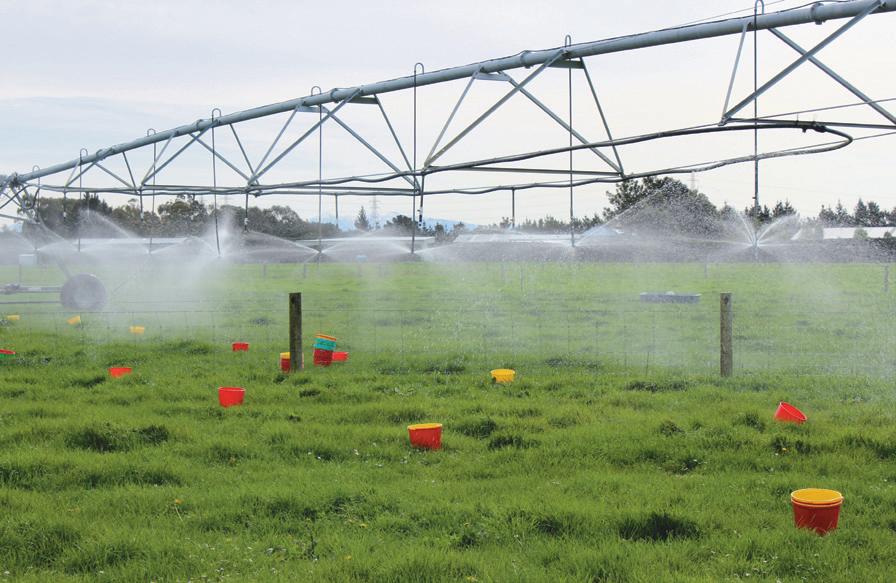
3 minute read
The year’s realities already bite
by Ruralco
This year is already shaping up as a tough one for growers, New Zealand and the rest of the world.
WORDS BY NADINE TUNLEY, HORTNZ CHIEF EXECUTIVE, IMAGES PROVIDED BY HORTNZ
Advertisement
Labour is short, inflation is high and supply chain disruption is having an impact. On top of that, January has brought the tsunami in Tonga and the anxiety that creates for Tongan Recognised Seasonal Employer (RSE) scheme workers and their employers; and New Zealand moving to red on 23 January, under the traffic light Covid-19 management regime. Our industry was already predicting shortages of leafy greens in February, due to heavy rain disrupting planting for several weeks in December in the key areas of Pukekohe and Horowhenua. Now also, there will be the impact of Omicron on getting fresh produce harvested and transported around the country, as well as Omicron’s impact on the export fruit and vegetable harvest. The government has stated that its priority is to support critical workers in the food supply and infrastructure sectors. New Zealand’s domestic food supply is the priority. Our industry is working with the Ministry for Primary Industries to ensure the government understands what it needs to do, to make sure that our sector can continue to operate to provide New Zealanders with fresh, healthy vegetables and fruit, now and over the coming months. Labour
Labour availability was always going to be a challenge, despite our industry’s best efforts to attract and retain New Zealanders. This situation is due mainly to the minuscule number of backpackers that remain in our country. Pre-Covid, there were more than 45,000 backpackers in New Zealand at the peak of summer, whereas this year, that figure is less than 5,000. Competition for available New Zealanders is fierce too with industries across the food and fibre sector, and most parts of the New Zealand economy competing for available workers. This competition means that employers need to plan ahead and make sure what they offer reflects the market.
What to pay for fruit and vegetables?
Recent media coverage has focused on the price of fruit and vegetables. This coverage got me thinking again about attitudes to fruit and vegetable prices. It is being widely reported that across most industries in New Zealand, the cost of just about everything is increasing, from raw materials to labour to distribution. These cost increases are being reflected in the Consumer Prices Index (CPI), which rose by 5.1% in the 12 months to November 2021. This was the highest CPI 12-month inflation rate since September 2011, when it stood at 5.2%. But when it comes to fruit and vegetables, it would seem that most New Zealanders expect a bargain, no matter what time of the year it is. Just before Christmas, thanks to bad growing weather, it was widely reported that strawberries and other berries would either not be available for the big day or would be ‘expensive’. Tell that to the growers who are facing ever higher costs and took the risk to grow the berries, which for several late last year, did not pay off. I know that the cost of just about everything is increasing it is a worrying situation for all industries and consumers. But let’s not have a double standard around healthy, fresh fruit and vegetables, particularly when farm gate returns have not increased for at least a decade. If New Zealanders want ready access to locally grown fresh fruit and vegetables, they must be prepared to pay more for them. I know this won’t make us popular, but growers cannot be expected to shoulder the latest cost increases—in particular wages, compliance and distribution cost increases— without an associated increase in returns.











